Structure and Automate AI Workflows with MLOps
Giovanni Ciatto
Dipartimento di Informatica — Scienza e Ingegneria (DISI), Sede di Cesena,
Alma Mater Studiorum—Università di Bologna
(versione presentazione: 2025-10-22 )
Link a queste slide
Outline
-
Motivation and Context
- the ML workflow
- the GenAI workflow
- need for MLOps, definition, expected benefits
-
MLOps with MLflow
- API, tracking server, backend store, artifact store, setups
- interactive usage (notebook)
- batch usage + project setup
- interoperability with Python libraries
-
End-to-end example for classification
-
End-to-end example for LLM agents
What is the goal of a Machine Learning workflow?
Training a model from data, in order to:
- do prediction on unseen data,
- e.g. spam filter
- or mine information from it,
- e.g. profiling customers
- or automate some operation which is hard to code explicitly
- e.g. NPCs in video games
What is a model in the context of ML? (pt. 1)
In statistics (and machine learning) a model is a mathematical representation of a real-world process
(commonly attained by fitting a parametric function over a sample of data describing the process)
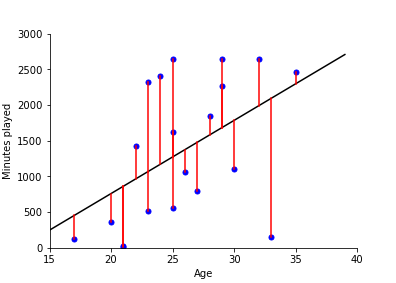
e.g.: $f(x) = \beta_0 + \beta_1 x $ where $f$ is the amount of minutes played, and $x$ is the age
What is a model in the context of ML? (pt. 2)
E.g. neural networks (NN) are a popular family of models
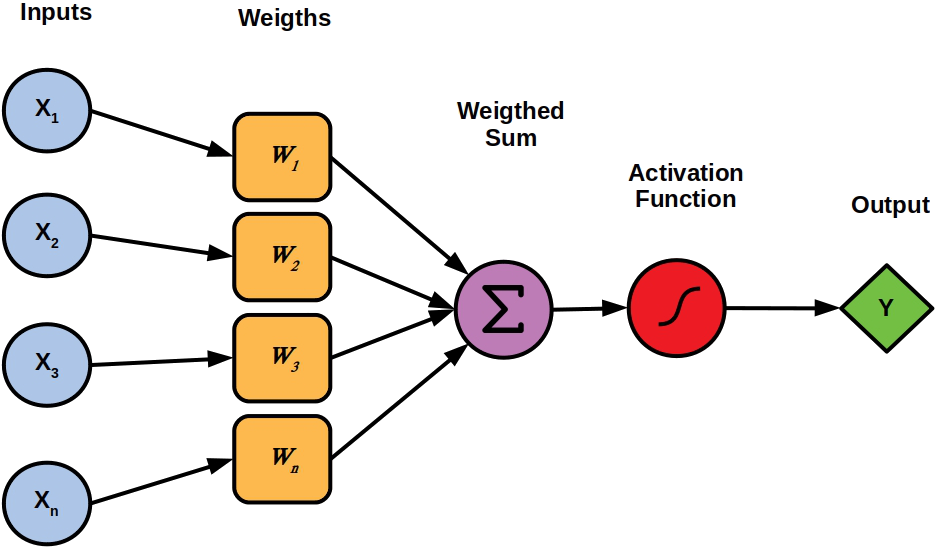
Single neuron
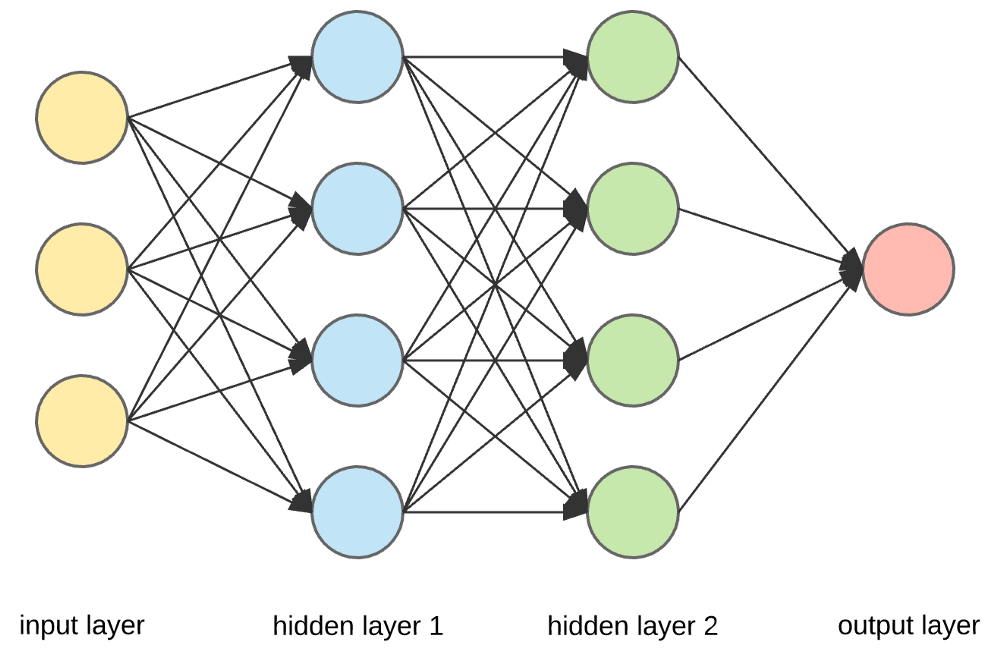
(Feed-forward)
Neural network $\equiv$ cascade of layers
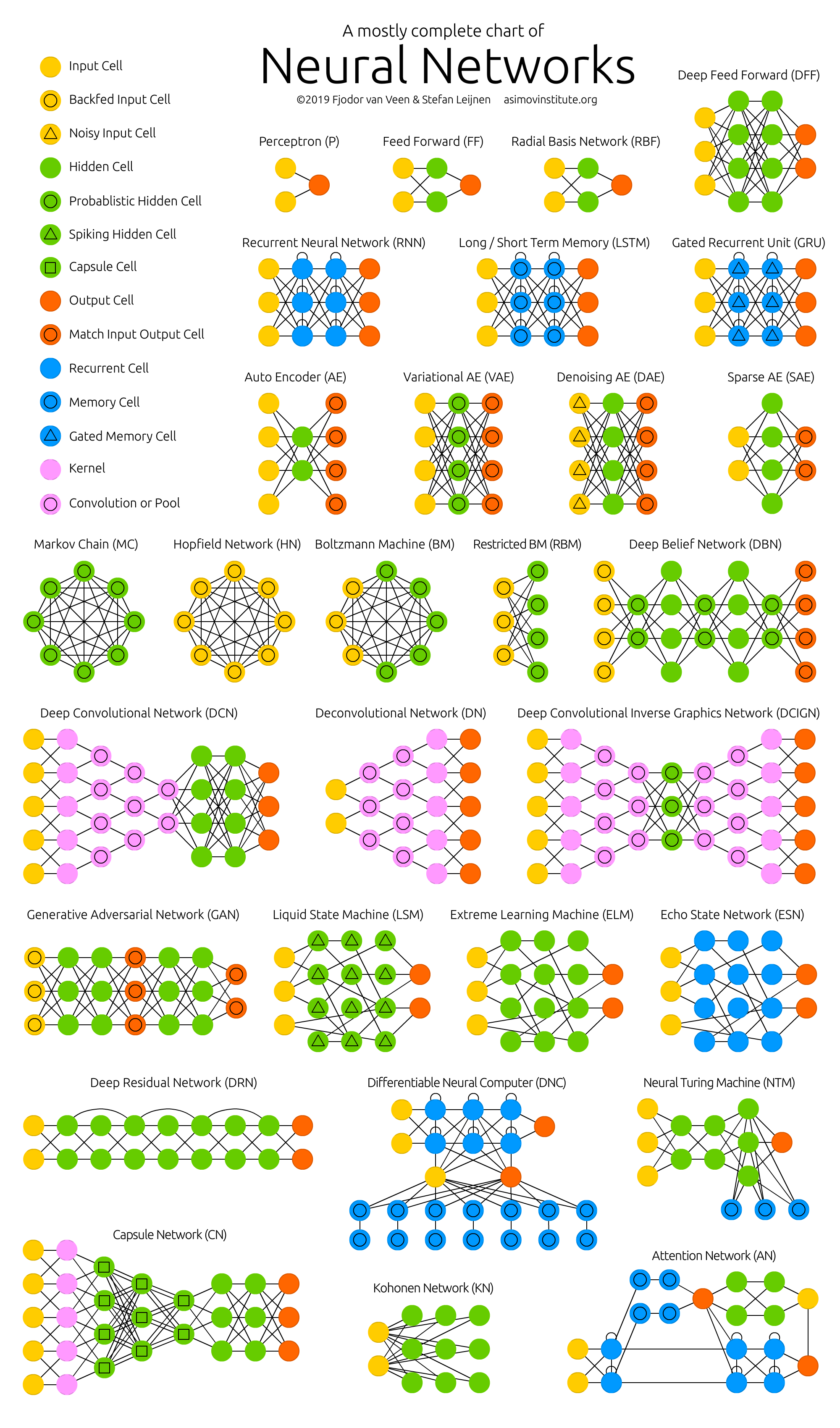
Many admissible architectures, serving disparate purposes
What is the outcome of a Machine Learning workflow?
-
A software module (e.g. a Python object) implementing a mathematical function…
- e.g.
predict(input_data) -> output_data
- e.g.
-
… commonly tailored on a specific data schema
- e.g. customer information + statistics about shopping history
-
… which works sufficiently well w.r.t. test data
-
… which must commonly be integrated into a much larger software system
- e.g. a web application, a mobile app, etc.
-
… which may need to be re-trained upon data changes.
What are the phases of a Machine Learning workflow?
The process of producing a ML model is not linear nor simple:
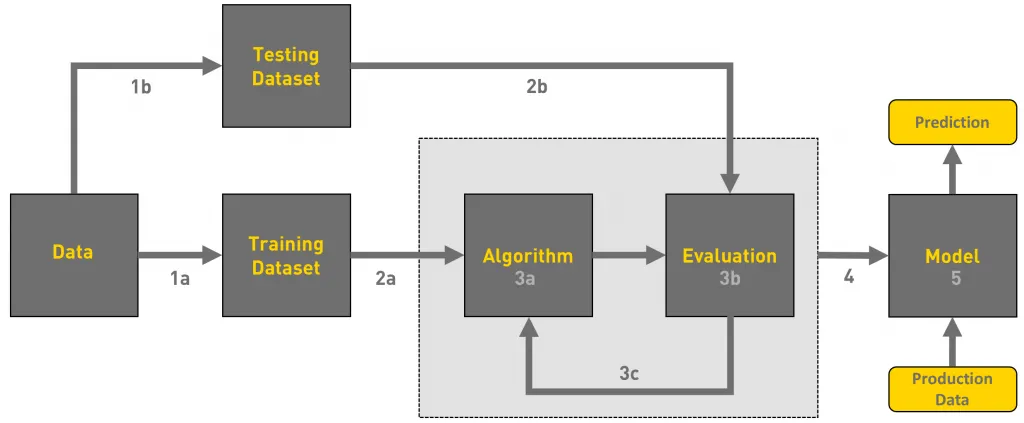
- there could be many iterations (up to reaching satisfactory evaluation)
- the whole workflow may be re-started upon data changes
- updates in the model imply further integration/deployment efforts in downstream systems
Activities in a typical ML workflow
- Problem framing: define the business/technical goal
- Data collection: acquire raw data
- Data preparation: clean, label, and transform data
- Feature engineering: extract useful variables from data
- Model training: apply ML algorithms to produce candidate models
- Experimentation & evaluation: compare models, tune hyperparameters, measure performance
- Model packaging & deployment: turn the best model into a service or product
- Monitoring & feedback: check performance in production, detect drift, gather new data, trigger retraining
These steps are cyclical, not linear → one often revisits data, retrain, or refine features.
Example of ML workflow
Forecast footfall/visits to some office by day/time
- useful for staffing and opening hours planning
- Problem framing: model as a regression task or time-series forecasting task?
- Data collection: gather historical footfall data, calendar events, weather data, etc.
- Data preparation: clean and preprocess data, handle missing values, etc.
- Feature engineering: create relevant features (e.g. day of week, holidays, weather conditions)
- Model training: apply ML algorithms to produce candidate models
- Experimentation & evaluation: compare models, tune hyperparameters, measure performance
- Model packaging & deployment: turn the best model into a service or product
- Monitoring & feedback: monitor performance in production, detect drifts, gather new data, trigger retraining
- new offices or online services may change footfall patterns
How are Machine Learning workflows typically performed?
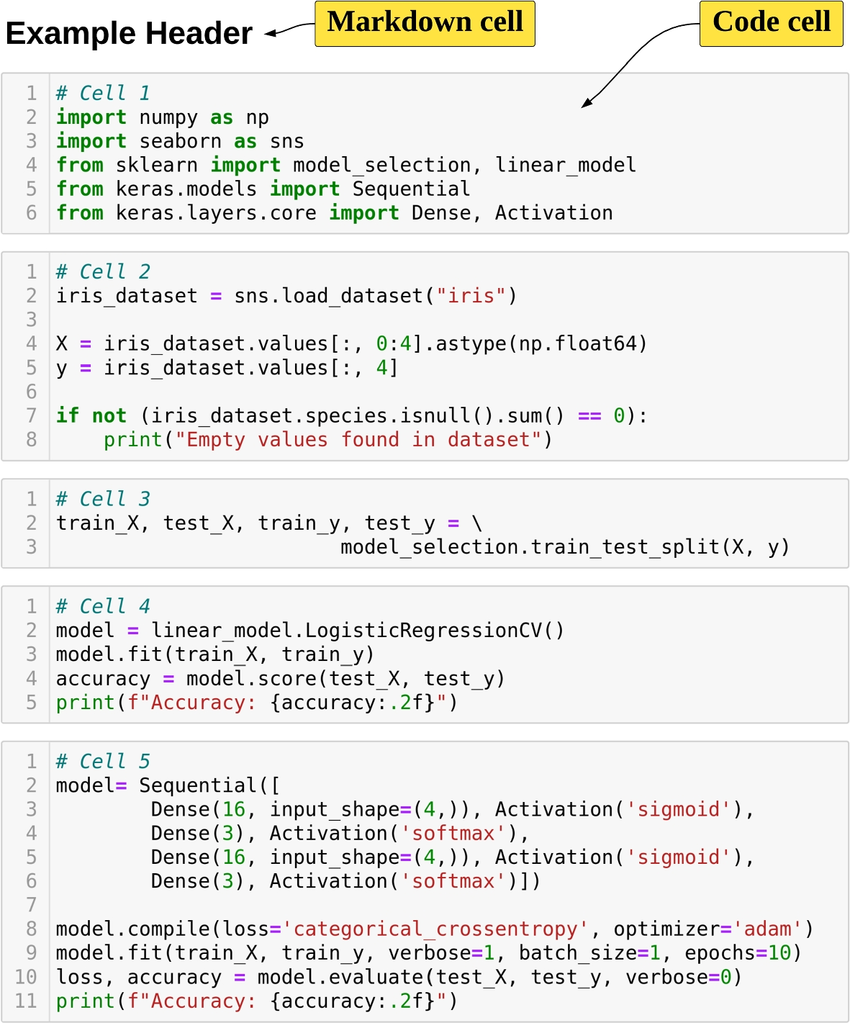
Via Notebooks (e.g. Jupyter)
-
✅ Interleave code, textual description, and visualizations
-
✅ Interactive usage, allowing for real-time feedback and adjustments
-
✅ Uniform & easy interface to workstations
-
✅ Easy to save, restore, and share
-
❌ Incentivises manual activities over automatic ones
Pitfalls of manual work in notebooks
- Non-reproducibility: hidden state, out-of-order execution, forgotten seeds
- Weak provenance: params, code version, data slice, and metrics not logged
- Human-in-the-loop gating: “print accuracy → eyeball → tweak → rerun”
- Fragile artifacts: models overwritten, files named
final_v3.ipynb - Environment drift: “works on my machine” dependencies and data paths
- Collaboration pain: merge conflicts, opaque diffs, reviewability issues
Example: why manual runs mislead
- Run 1: random split → train → print accuracy = 0.82
- Tweak hyperparams → rerun only training cell → accuracy = 0.86
- Forgot to fix seed / re-run split → different data, different metric
- No record of params, code, data; “best” model cannot be justified
Consequences
- Incomparable results, irreproducible models
- Hard to automate, schedule, or roll back
- No trace from model → code → data → metrics
Comparison among ML and ordinary software projects
Analogies
- Both produce software modules in the end
- Both involve iterative processes, where feedback is used to improve the product
- Both are driven by tests/evaluations
- Both may benefit from automation
- … and may lose efficiency when activities are performed manually
Differences
- ML projects depend on data (which changes over time)
- Models need training and retraining, not just coding
- Performance may degrade in production (data drift, bias, new environments)
- Many different expertises are involved (data engineers, software engineers, domain experts, operations)
No structured process $\implies$ ML projects may fail to move from notebooks to real-world use
Machine Learning Operations (MLOps)
The practice of organizing and automating the end-to-end process of building, training, deploying, and maintaining machine-learning models
Expected benefits
- Reproducibility → the same code + same data always gives the same model
- Automation → repetitive steps (training, testing, deployment) are handled by pipelines
- Scalability → easier to scale up the training process to more data, bigger models, or more computing resources
- Monitoring & governance → models are tracked, evaluated, and kept under control
- Collaboration → teams work on shared infrastructure, with clear responsibilities
- Versioning → models, data, and code are versioned and traceable
How does MLOps support ML practitioners
MLOps adds infrastructure + processes + automation to make each step more reliable:
- Data → version control for datasets, metadata, lineage tracking
- Training → automated pipelines that reproduce experiments on demand
- Evaluation → systematic tracking of metrics, logs, and artifacts
- Deployment → continuous integration & delivery (CI/CD) for ML models, often with model registries
- Monitoring → automated checks for performance, drift, fairness, anomalies
- Collaboration → shared repositories, environments, and documentation so teams can work together
What may happen without MLOps
- Data in ad-hoc spreadsheets or local files (no version control)
- Training in personal notebooks (hard to reproduce later)
- Model evaluation is manual and undocumented (hard to compare results)
- Deployment = copy-paste code or manual sharing of a model file
- Monitoring is much harder → models silently degrade
- Collaboration =
“send me your notebook by email”
Consequences
- ❌ Fragile, non-reproducible workflows
- ❌ Long delays when models need updating
- ❌ Difficulty scaling beyond a single researcher
- ❌ Low trust from stakeholders (“why did accuracy drop?”)
What about Generative AI workflows?
What is the goal of a Generative AI workflow?
Engineering prompts, tools, vector stores, and agents to constrain and govern the behavior of pre-trained (foundation) models, in order to:
- generate contents (text, images, code, etc.) for a specific purpose
- e.g. bring unstructured data into a particular format
- e.g. produce summaries, reports, highlights
- interpret unstructured data and grasp information from it
- e.g. extract entities, relations, sentiments
- e.g. answer questions about a document
- automate data-processing tasks which are hard to code explicitly
- e.g. the task is ill-defined (
write an evaluation paragraph for each student's work) - e.g. the task requires mining information from unstructured data (
find the parties involved in this contract) - e.g. the task is complex yet too narrow to allow for general purpose coding (
plan a vacation itinerary based on user preferences)
- e.g. the task is ill-defined (
- interact with users via natural language
- e.g. chatbots, virtual assistants
Let’s explain the nomenclature
-
Pre-trained foundation models (PFM): large neural-networks trained on massive datasets to learn general skills (e.g. ‘understanding’ and generating text, images, code)
- e.g. GPT, PaLM, LLaMA, etc.
-
Prompts: carefully crafted textual inputs that guide some PFM to produce desired outputs
- prompt templates are prompts with named placeholders to be filled with specific data at runtime
- e.g.
Write a summary of the following article: {article_text}
- e.g.
- prompt templates are prompts with named placeholders to be filled with specific data at runtime
-
Tools: external software components (e.g. APIs, databases, search engines) that can be invoked by PFMs to perform specific tasks or retrieve information
- e.g. a calculator API, a weather API, a database query interface
-
Vector stores: specialized databases that store and retrieve high-dimensional vectors (embeddings) for the sake of information retrieval via similarity search
- e.g. to support retrieval-augmented generation (RAG)
-
Agents: software systems that orchestrate the interaction between PFMs and tools, enabling dynamic decision-making and task execution based on the context and user input
- e.g. a chatbot that uses a PFM for conversation and invokes a weather API when asked about the weather
- e.g. an assistant that uses a PFM to understand user requests and a database to fetch relevant information
What are the outcomes of a Generative AI workflow?
-
FM are commonly not produced in-house, but rather accessed via APIs… yet the choice of what model(s) to use is crucial
- must be available, configured, and most commonly imply costs (per call, per token, etc.)
-
A set of prompt templates (text files, or code snippets) that are known to work well for the tasks at hand
- commonly assessed via semi-automatic evaluations on a validation set of inputs
-
A set of tool servers implementing the MCP protocol so that tools can be invoked by PFMs
- these are software modules, somewhat similar to ordinary Web services, offering one endpoint per tool
-
A set of agents, implementing the logic to orchestrate the interaction between PFMs and tools
- these are software modules, commonly implemented via libraries such as LangChain or LlamaIndex
-
A set of vector stores (if needed), populated with relevant data, and accessible by the agents
- there are software modules, somewhat similar to ordinary DBMS, offering CRUD operations on data chunks indexed by their embeddings
What are the phases of a GenAI workflow?
(Similar to the ML workflow in the sense that the goal is to process data, but different in many details e.g. no training is involved)
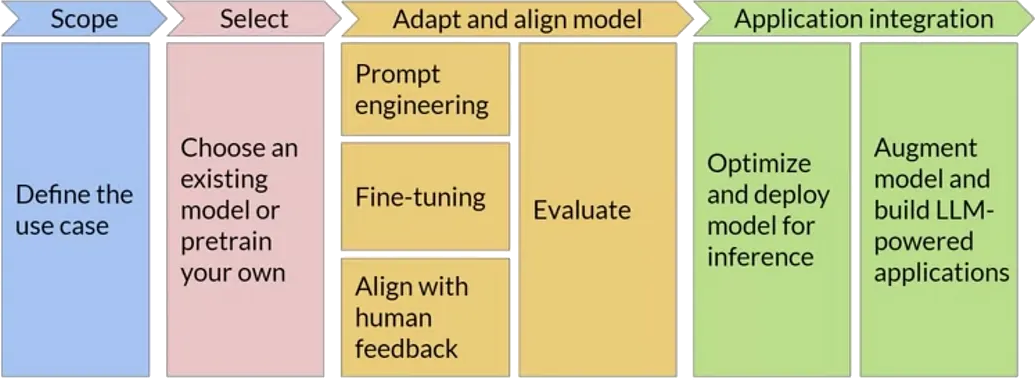
- there could be many iterations (e.g. for PFM selection, and prompt tuning)
- the whole workflow may be re-started upon data changes, or task changes, or new PFM availability
- the interplay between prompts, models, tasks, and data may need to be monitored and adjusted continuously
- the data-flow between components (agents, PFM, tools, vector stores) may need to be tracked for the sake of debugging and monitoring
Peculiar activities in a typical GenAI workflow
-
Foundation model selection: choose the most suitable pre-trained model(s) based on task requirements, performance, cost, data protection, and availability
- implies trying out prompts (even manually) on different models
-
Prompt engineering: design, test, and refine prompt templates to elicit the desired responses
- implies engineering variables, lengths, formats, contents, etc
-
Evaluations: establish assertions and metrics to assess PFM responses to prompts (attained by instantiating templates over actual data)
- somewhat similar to unit tests in ordinary software
- important when automatic, as they allow quick evaluations on prompt/model combinations
-
Tracking the data-flow between components (agents, PFM, tools, vector stores) to monitor costs, latency, and to debug unexpected behaviors
- also useful for the sake of auditing and governance
Example of GenAI workflow (pt. 1)
Support public officers in managing tenders through a GenAI assistant that understands and compares procurement decisions transparently.
-
Problem Framing:
- Content Generation: draft and justify comparisons among suppliers’ offers vs. technical specs
- Interpretation: understand regulatory documents and technical language
- Automation: retrieve relevant laws, norms, and prior tender examples
- Interaction: enable officers to query and validate results through natural language
-
Data Collection: past tenders’ technical specifications, acts, etc; regulatory documents, etc.
-
Data Preparation:
- devise useful data schema & extract relevant data from documents
- anonymize sensitive info (suppliers, personal data)
- segment documents and index by topic (law, SLA, price table, etc.)
Example of GenAI workflow (pt. 2)
-
Prompt Engineering:
- design prompt templates for comparison, justification, and Q&A
- use role-based system prompts (
You are a procurement evaluator…)
- use role-based system prompts (
- allocate placeholders for RAG-retrieved data chunks
- iterate on template design based on manual tests
- design prompt templates for comparison, justification, and Q&A
-
Foundation Model Selection: multi-lingual? specialized in legal/technical text? cost constraints? support for tools?
-
Vector stores: storing embeddings for tender documents & specs, legal texts & guidelines, previous evaluation, templates
- choose embedding model, chunking strategy, and populate vector store
- engineer retrieval strategies to fetch relevant chunks
-
Tools:
- regulation lookup API + tender database query API
- report generation out of document templates
- automate scoring calculations via spreadsheet or Python scripts generation
-
Agents:
- exploit LLM to extract structured check-lists out of technical specs
- orchestrate RAG, tool invocations, and prompt templates to score each offer
- generate comparison reports
- …
LLM Operations (LLMOps)
The practice of organizing and automating the end-to-end process of building, evaluating, deploying, and maintaining GenAI applications
In a nutshell: MLOps for GenAI
Expected benefits
- Systematicity → structured processes to manage prompts, tools, and agents
- Efficiency → reuse of components, templates, and evaluations
- Scalability → easier to test, and update individual components (prompt templates, tools, agents)
- Monitoring & governance → components are tracked, evaluated, and kept under control
How does LLMOps support GenAI practitioners
LLOps adds infrastructure + processes + automation to make each step more reliable:
- Foundation models → catalogs of available models, with metadata on capabilities, costs, and usage policies
- Provider Gateways → standardized APIs to access different PFM providers (e.g. OpenAI, HuggingFace) uniformly, without code rewrites
- Prompt engineering → version control for prompt templates, systematic testing frameworks
- Tool integration → standardized protocols (e.g. MCP) and libraries to connect tools with PFMs + gateway technologies to aggregate multiple tools
- Agents → provider-agnostic libraries and frameworks (e.g. LangChain) to build, manage, and orchestrate agents
- Vector stores → standardized interfaces to store and retrieve data chunks via embeddings, with support for multiple backend DBMS
- Evaluation & monitoring → automated frameworks to run evaluations, track performance, and monitor costs
What may happen without LLMOps
-
Foundation models are hard-coded in the application
- making it difficult to switch providers or models
-
Prompt templates are scattered in code or documents
- making it hard to track changes or reuse them
-
Tools are manually integrated, leading to:
- brittle connections,
- lack of observability,
- maintenance challenges
-
Agents are ad-hoc scripts that mix logic, PFM calls, and tool invocations
- making them hard to debug, extend or compose
-
Vector stores are tightly coupled with specific DBMS
- making it hard to migrate or scale
-
Evaluation & monitoring are manual and sporadic leading to undetected issues, cost overruns, and loss of trust
MLOps and LLMOps with MLflow
What is MLflow? https://mlflow.org/
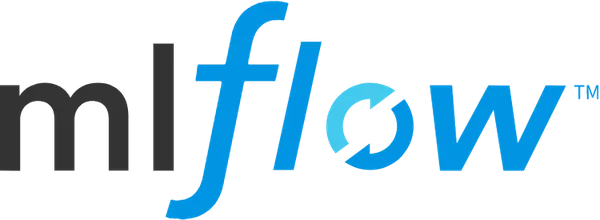
An open-source Python framework for MLOps and (most recently) LLMOps
- usable either in-cloud (e.g. via Databricks) or on-premises (self-hosted)
- we’ll see the latter setup
Outline
- First, we focus on how to use MLflow for the sake of MLOps
- Then, we show how MLflow can be used for LLMOps as well
MLflow for MLOps: main components
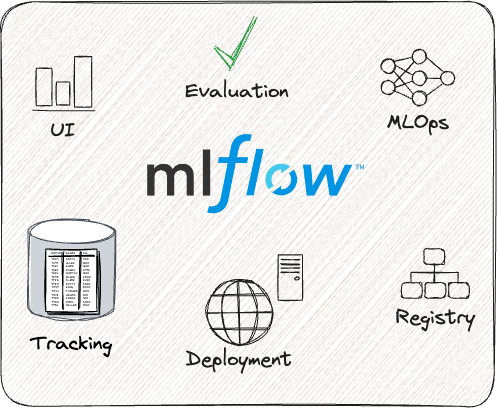
Talk is Over
Compiled on: 2025-10-22 — printable version